Ask any parent: during baby's first year, there's nothing that will rule your life more than sleep. Some babies will naturally sleep longer stretches, while others may wake during the night through toddlerhood. There's no shortage of sleep advice, whether it's online, in parenting books, or from well-meaning family members, which may feel confusing and unwelcome. It's important to do what's best for your family, and it's helpful to know the current infant sleep safety guidelines. Here's everything you need to know about keeping your baby safe, healthy, and (hopefully!) sleeping.

Remember the ABCs of Safe Sleep
Alone
The safest place for your baby to sleep is in a crib or bassinet in your room but not in bed with you. Make sure to keep the room cool and smoke-free. There are ways to make co-sleeping safer, including breastfeeding, staying sober, and sleeping on a firm mattress with only a tight fitted sheet (no bedding or pillows). Read more tips for safe co-sleeping here and here.
Back
It’s important that you place the baby to sleep on their back, as stomach sleeping significantly increases the rate of SIDS. The prone sleeping position (face down) may block the airway or cause rebreathing of carbon dioxide, which can cause decreased oxygen levels.
Crib
Invest in a crib or bassinet that meets all current safety standards, and use the manual for proper assembly. The crib mattress should be firm, and the crib should be empty of any bumpers, pillows, blankets, sleep-positioning devices, and toys. Your child can sleep with a lightweight blanket around 12 months, and use a pillow around 18 months.
Preventing SIDS With Newborn Safe Sleep Practices
Sudden Infant Death Syndrome (SIDS) is the sudden and unexpected death of an infant under the age of 1, typically while sleeping. Babies are most at risk for SIDS from 1-4 months old. While SIDS is still largely unexplained, experts believe it occurs when there are low oxygen levels or a buildup of carbon dioxide in the blood.
While even thinking about losing your baby to SIDS or Sudden Unexpected Infant Death Syndrome (SUIDS) is anxiety-inducing, there are a few things in your control that can help significantly lower their risk for sleep-related complications.
The Safe to Sleep campaign raises SIDS awareness to ensure that each and every parent has actionable tips for keeping their baby safe at home. Be sure to share these tips with anybody who will be caring for your baby because a lot has changed in recent years.

Avoid these risk factors for SIDS
Babies may have a higher risk of SIDS if they:
- Are placed to sleep on their stomachs
- Sleep on soft bedding or with loose blankets
- Sleep on a couch, chair, or in an adult’s bed
- Overheat while sleeping
- Are exposed to cigarette smoke (exposure to secondhand smoke in the household doubles the risk of SIDS)
Infant Safe Sleep Checklist to Prevent SIDS
1. Remember your ABCs.
As mentioned above, always put your baby to sleep alone on their back in a safe crib or bassinet. This is a must for each nap time and throughout the night.
2. Use a firm mattress and fitted crib sheet.
The best thing you can do for safe sleep in a crib is to use a firm crib mattress with a tight fitted crib sheet. This prevents soft bedding and loose sheets from gathering around your baby’s nose and mouth and causing accidental suffocation. Our sheets are made with soft bamboo fabric and fit a standard crib or bassinet just the way they should.

Use a fitted crib sheet
3. Keep the baby's sleep space completely free of clutter.
One of the most important safe sleep recommendations: keep everything but the baby and a fitted sheet out of the crib. There should never be any pillows, blankets, toys, crib bumpers, or stuffed animals in the crib or bassinet while the baby sleeps. You should also avoid using sleep-positioning devices like wedges or nests.

Keep baby's sleeping area clutter-free
4. It’s best to share your room, but not your bed.
Keeping your baby in a bassinet, crib, or sidecar co-sleeper in your room and near your bed means that you can hear and see them throughout the night. Experts agree that the safest place for your baby to sleep is close by in your room, but not in your bed. However, the truth of the matter is, many moms and dads around the world share beds with their children.
There are also benefits to co-sleeping, including:
- Easier for nighttime feeding
- Promotes breastfeeding
- More in tune with baby’s breathing
- Psychological and emotional benefits such as increased closeness with parents, lower stress levels, and body temperature regulation
- May lead to a better night’s sleep for both parents and baby
When it comes to sleeping arrangements, each family needs to make their own informed decision. If you choose to co-sleep with your baby, make sure that you are sober and smoke-free, you never sleep on a chair or sofa, and your bed is firm and free of extra bedding. It is safest to co-sleep if you also breastfeed.
5. Avoid overheating or covering the baby’s head.
While your first instinct may be to keep your baby warm and bundled, it’s more important to prevent overheating. The room that they sleep in should be kept between 68° and 72°F (20° to 22.2°C). When choosing swaddles or sleep sacks, you want to avoid thick, heavy fabrics that can leave baby hot and sweaty. Instead, choose a breathable, sweat-wicking fabric like bamboo, and keep any fabric away from the baby’s face or head to avoid it accidentally being covered while they sleep.

Use breathable fabric like this bamboo crib sheet
6. Skip the blankets.
All those precious baby blankets, and you can’t even use them? Save the blankets for snuggle and play time, and instead use a sleep sack, swaddle, or wearable blanket for sleep. Many newborns are comforted and calmed by swaddling, and it’s one of the safest ways to keep them warm. Swaddle them tightly (but not too tightly!) with a lightweight muslin bamboo fabric, tucking the swaddling blanket away from their face.

Skip the blanket and use swaddles or sleep sacks
7. Share with loved ones.
It’s not enough for you to know the proper precautions– you have to share with anybody who will be caring for your baby, including babysitters, daycare providers, and family members. Guidelines have changed over the years, so it’s important to update everybody, whether they had children five years ago or twenty.
8. Use caution when buying baby products.
Let’s face it, not all baby products are created equal. At Nightingale, we go above and beyond to ensure that our products are exceptionally safe, organic-certified, and eco-friendly. Each and every product is rigorously tested by third-party labs to make sure that it would pass or exceed Consumer Product Safety Commission (CPSC) requirements.

At Nightingale, our products are Safety & Organic Certified by the CPSC
Managing SIDS Anxiety
As a new mom, your body is being flooded with hormones and emotions, which can contribute to increased feelings of anxiety. Add in a tiny, precious newborn who you’re responsible for keeping safe, and it can be hard to keep your thoughts from spiraling. Keep in mind that the chance of losing your infant to SIDS is very small (33 out of 100,000 infants in 2019), the risk goes down the older they get (most happen before 6 months), and that safe sleep practices significantly lower the risk of SIDS.
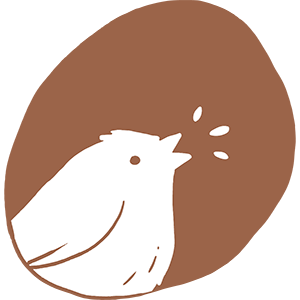

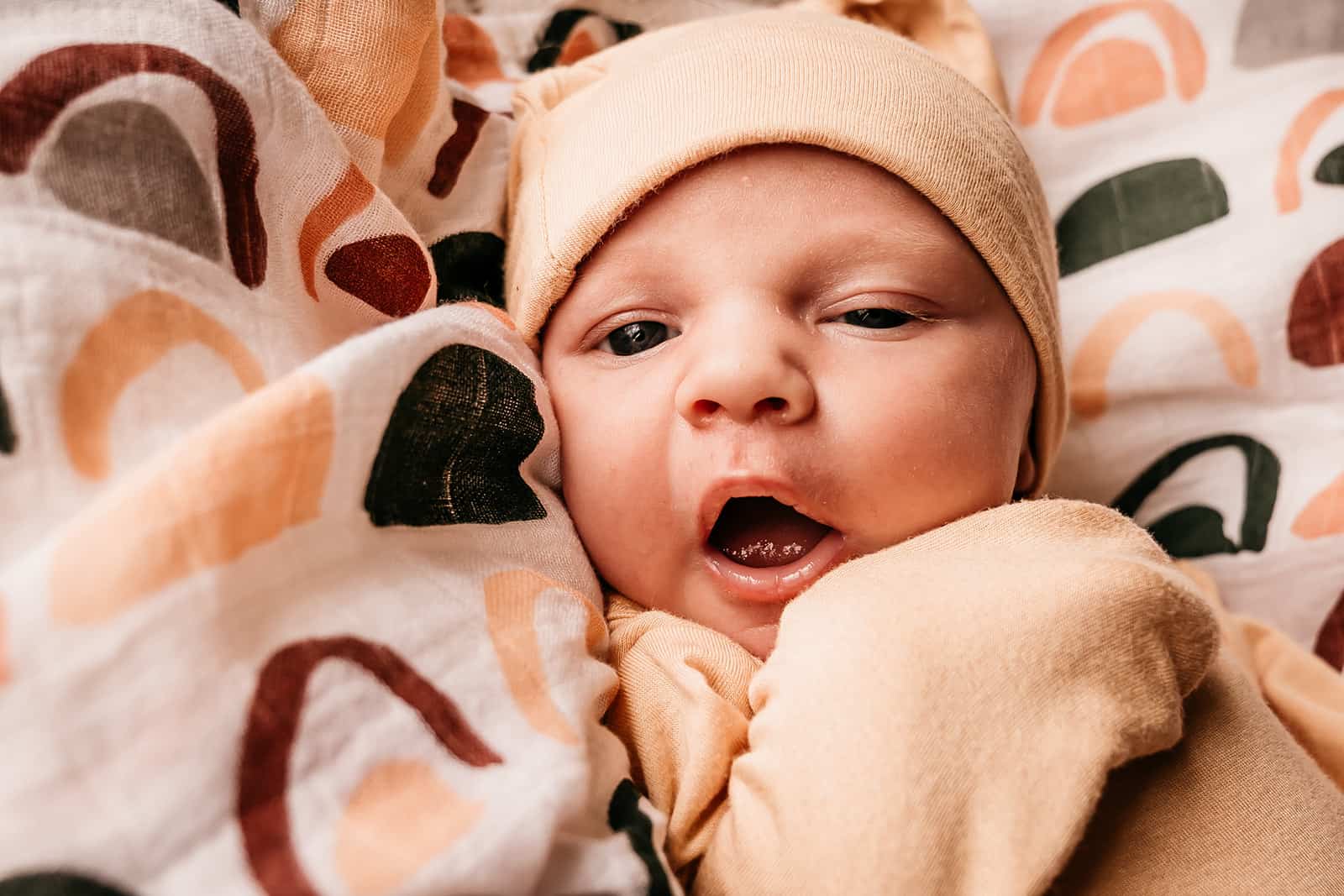
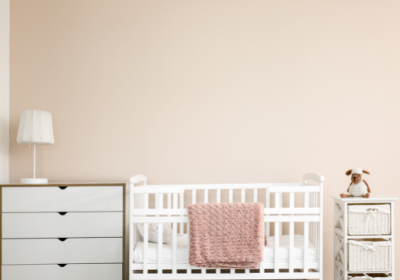
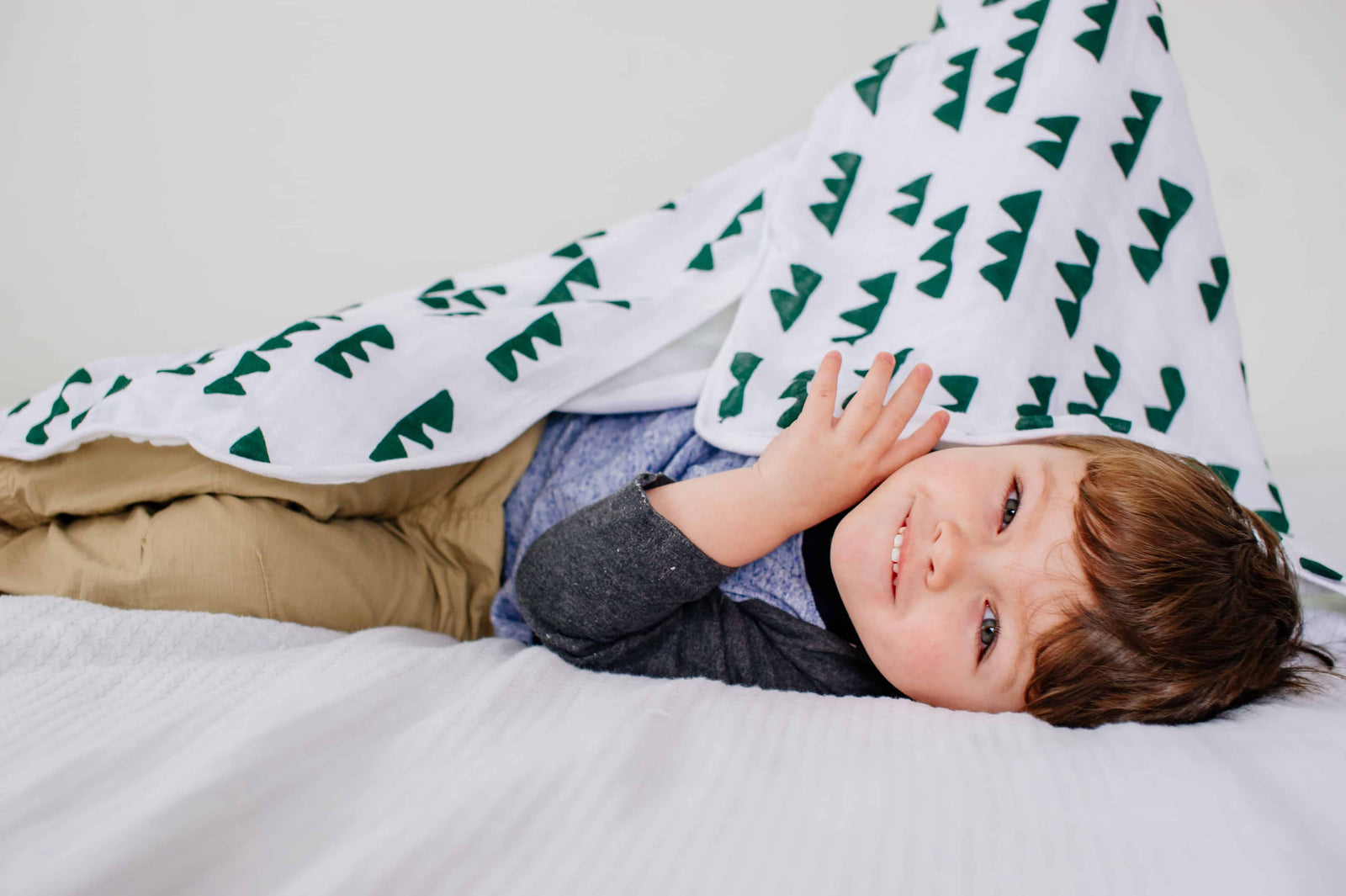
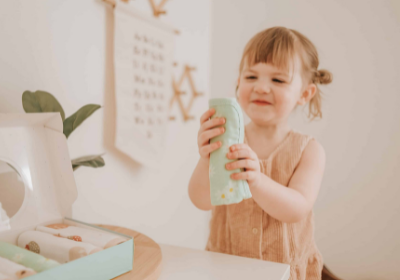
Leave a comment (all fields required)